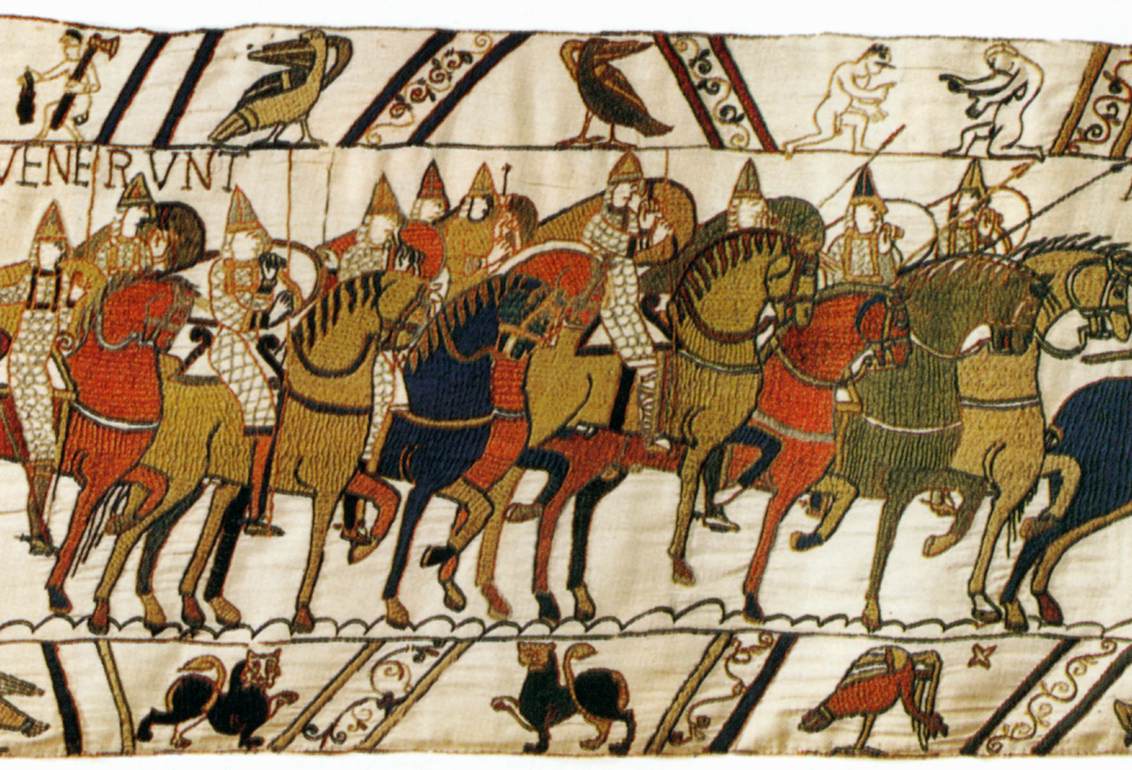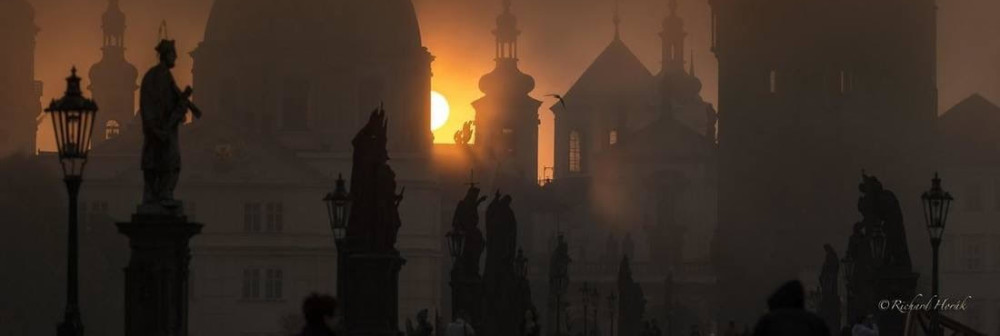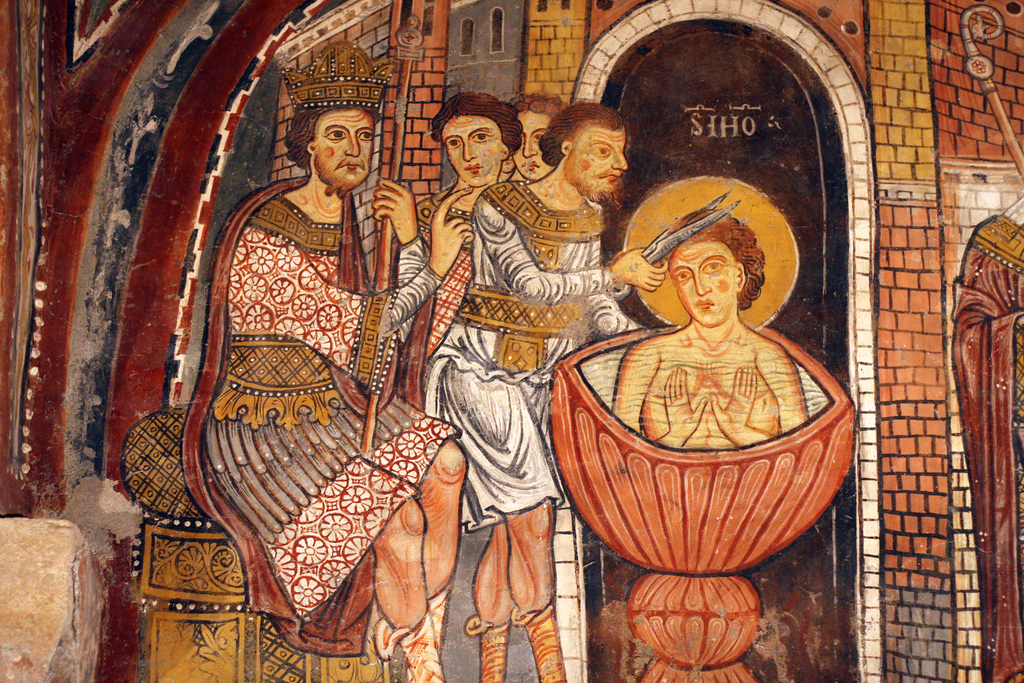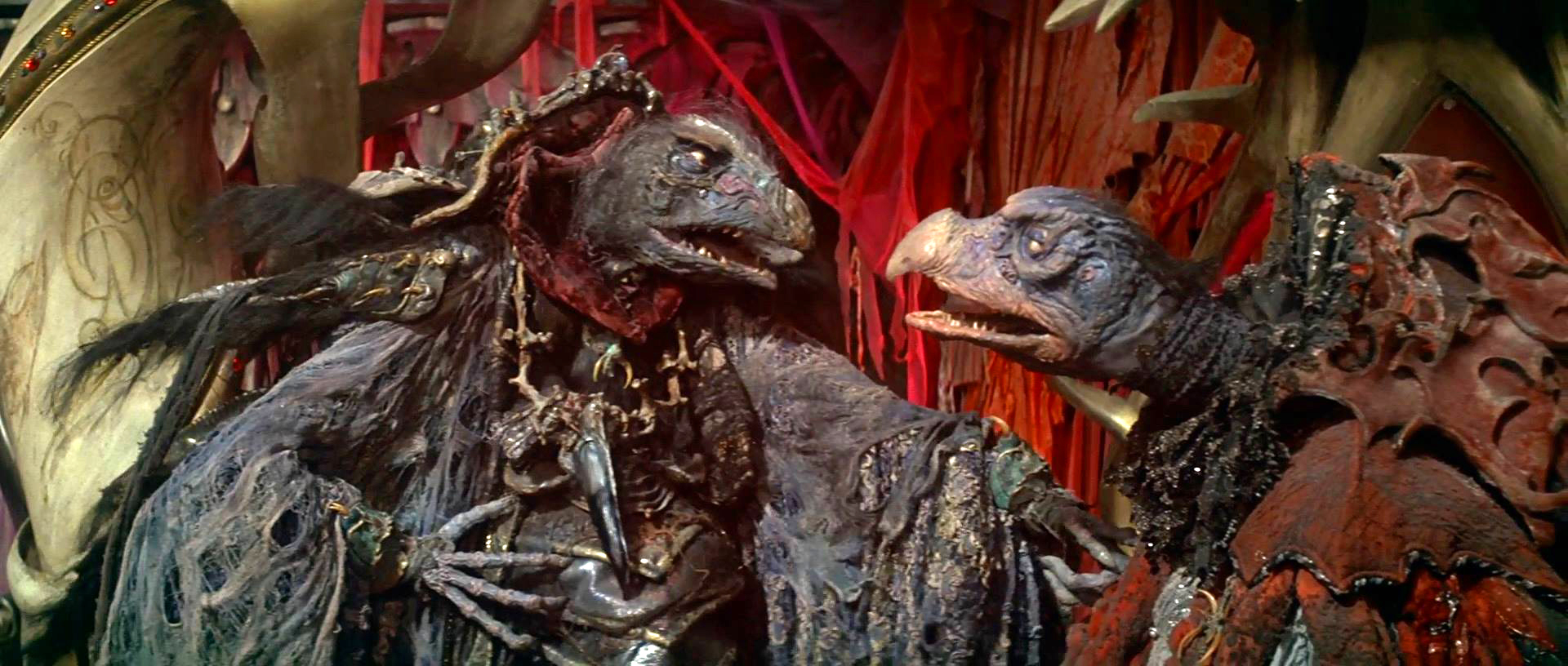
The Bayeux Tapestry is a masterpiece of embroidery that depicts William the Conqueror’s invasion and conquest of England; it was made around 1077.
William the Conqueror came from what is now France and invaded England; he arrived in England in September and on October 14, 1066, William established himself as the first Norman king when the last English king was slain.
The Normans brought a vast collection of folklore and stories with them, including stories of the Dames Blanches. These “White Ladies” were a type of Fae known in Normandy who lurk in narrow places such as ravines, fords, and on bridges, and try to attract the attention of male travelers. They may require one to join in their dance or assist them in order to pass. If assisted, she “makes him many courtesies, and then vanishes.” One such Dame was known as La Dame d’Apringy who appeared in a ravine at the Rue Quentin at Bayeux in Normandy, where one must dance with her a few rounds to pass. Those who refused were thrown into the thistles and briars, while those who danced were not harmed. Another Dame was known on a narrow bridge in the district of Falaise. She only allowed people to pass if they went on their knees to her. Anyone who refused was tormented by the lutins (hobgoblins), cats, owls, and other creatures who helped her.
Another character from Norman folklore was Melusine, a female spirit of fresh water in a sacred spring or river. She is usually depicted as a woman who is a serpent or fish from the waist down (much like a mermaid). She is also sometimes illustrated with wings, two tails, or both.
Robin Hood, hiding in Sherwood Forest to rob from the rich and give to the poor, was a later Anglo-Saxon figure of resistance to the Norman invaders. Robin led the resistance to King John, the great-grandson of William the Conquerer. Robin, dressed in green with his band of merry men and Maid Marian, were long thought to be versions of Fae that defend the land and native people from oppression by foreign overlords but the stories about him were probably based on an actual person.


